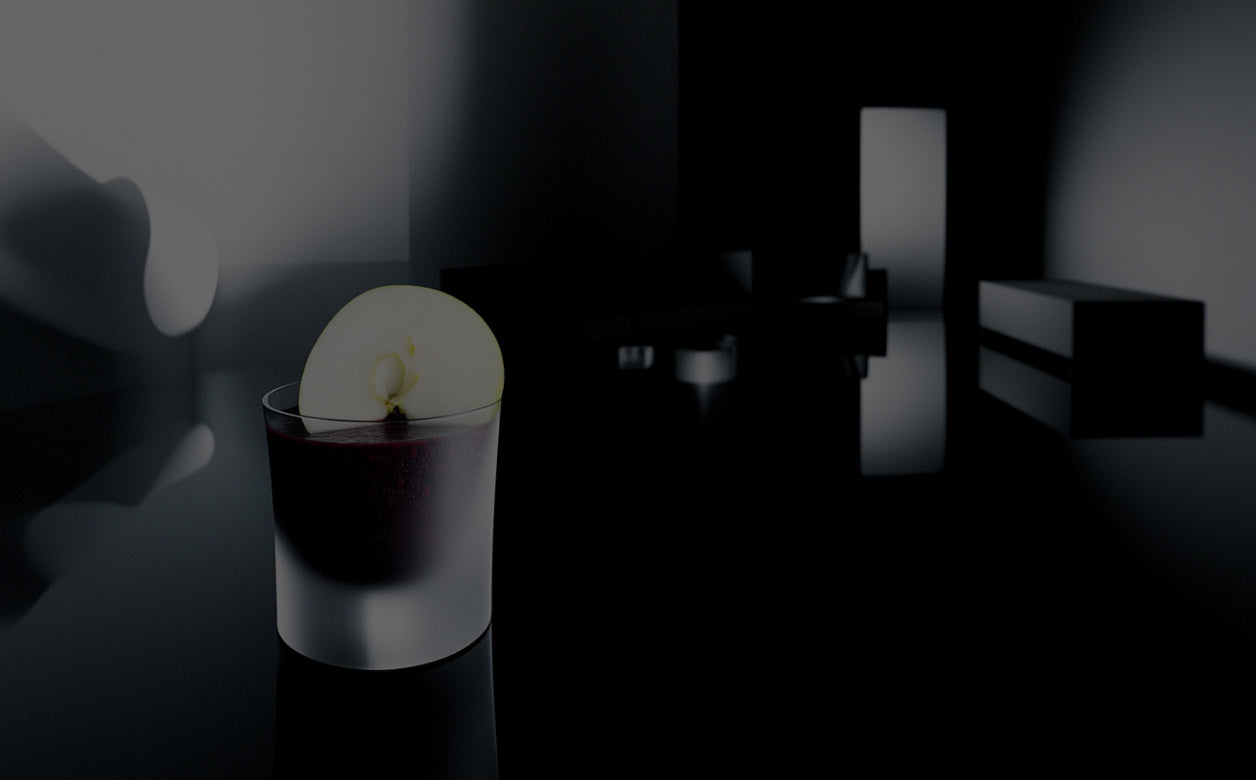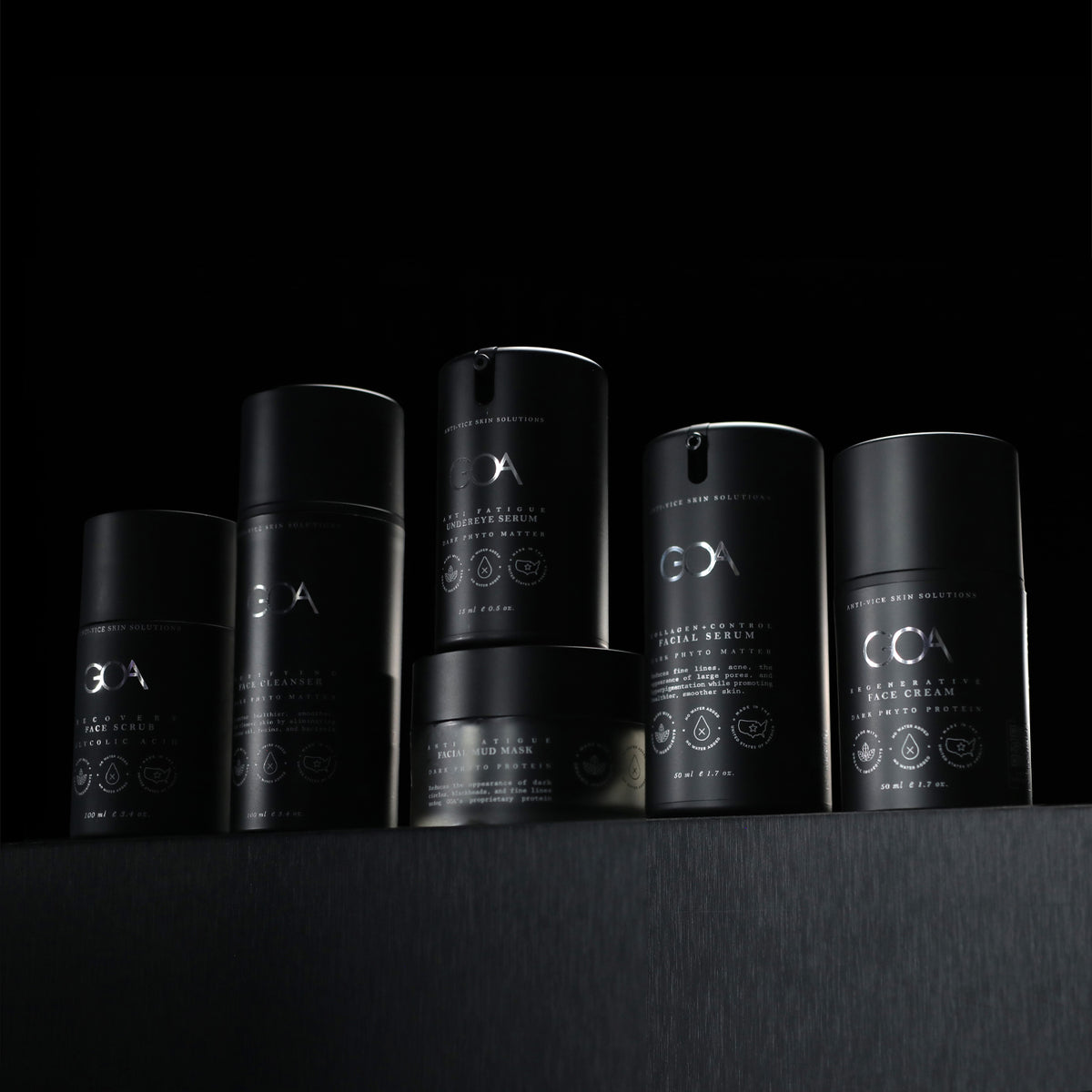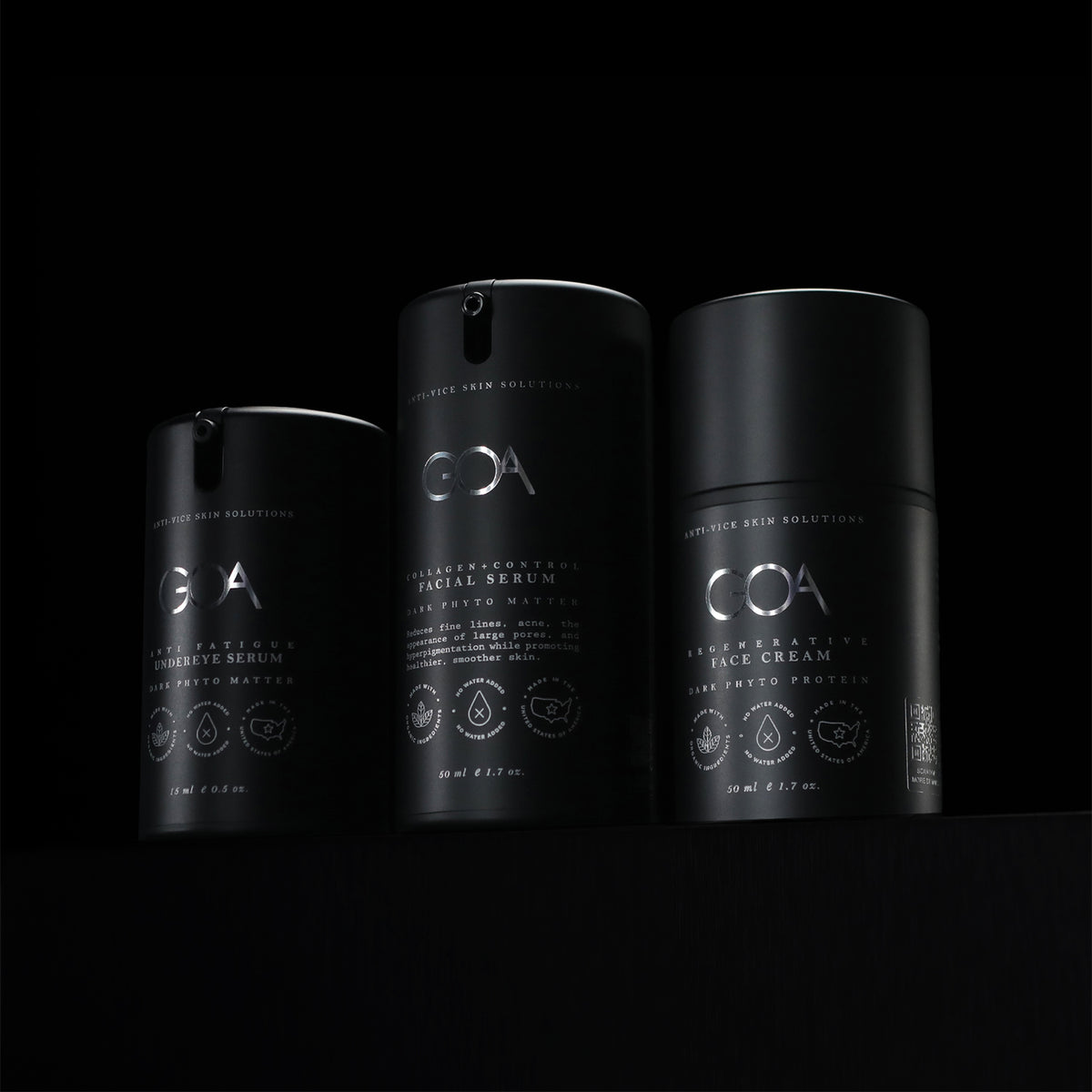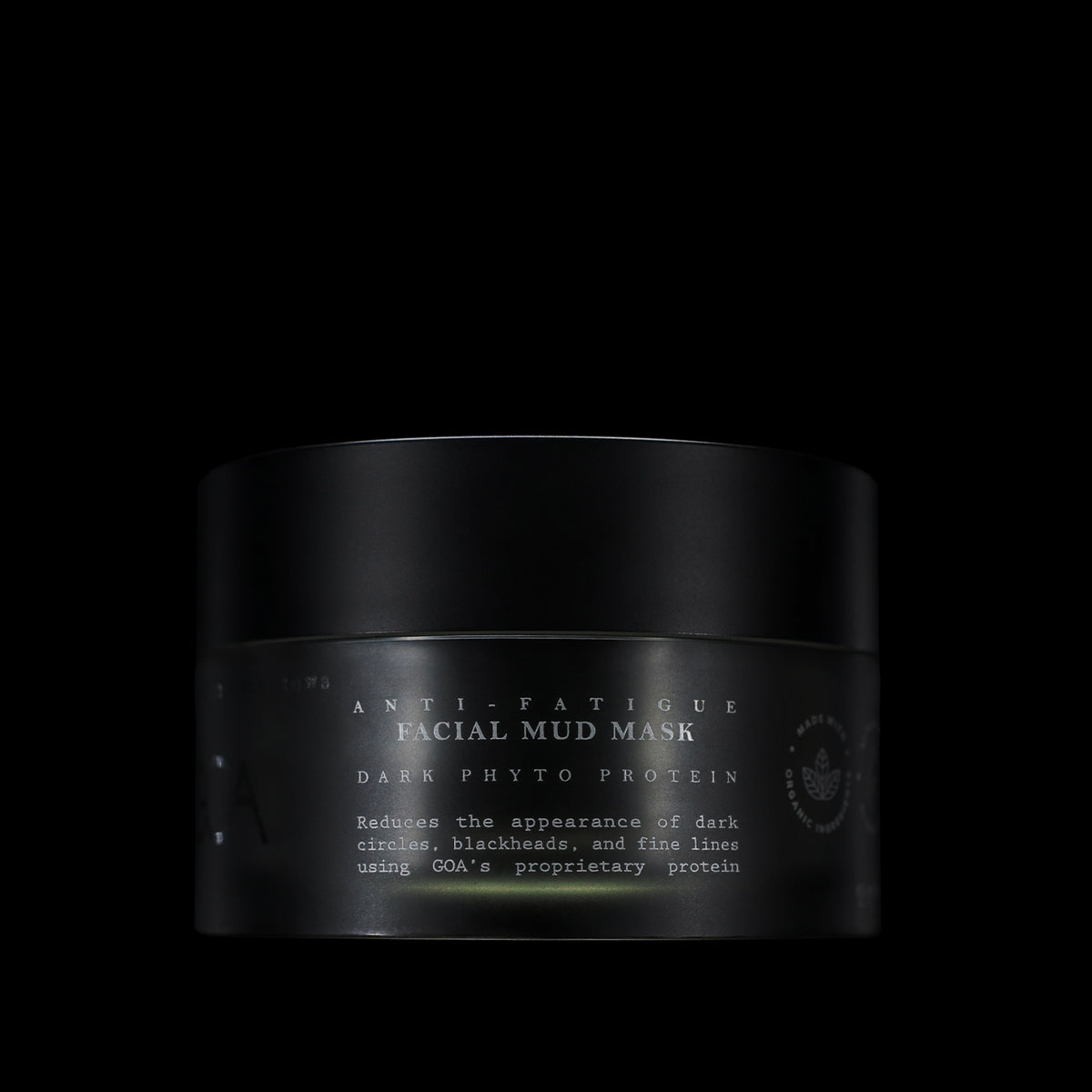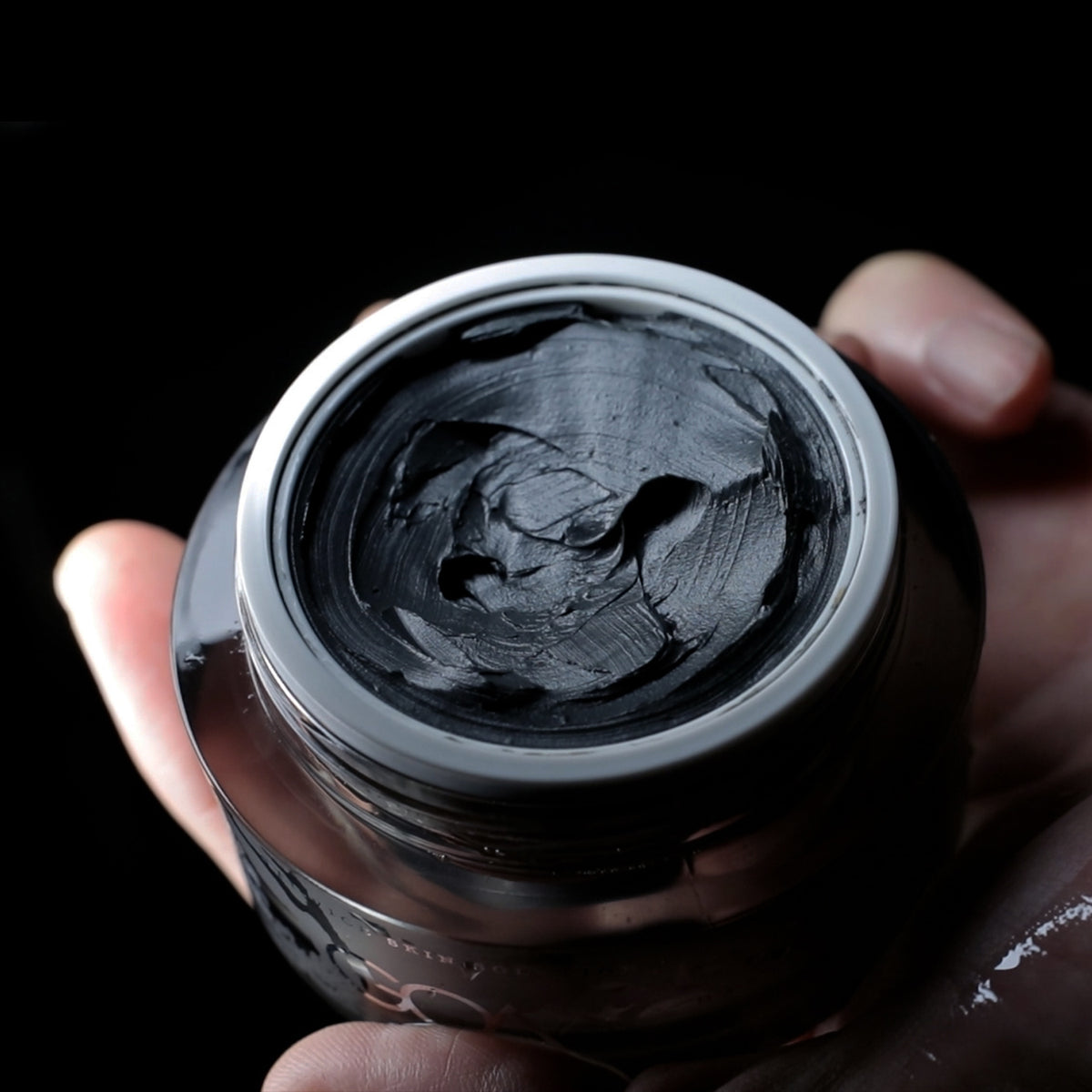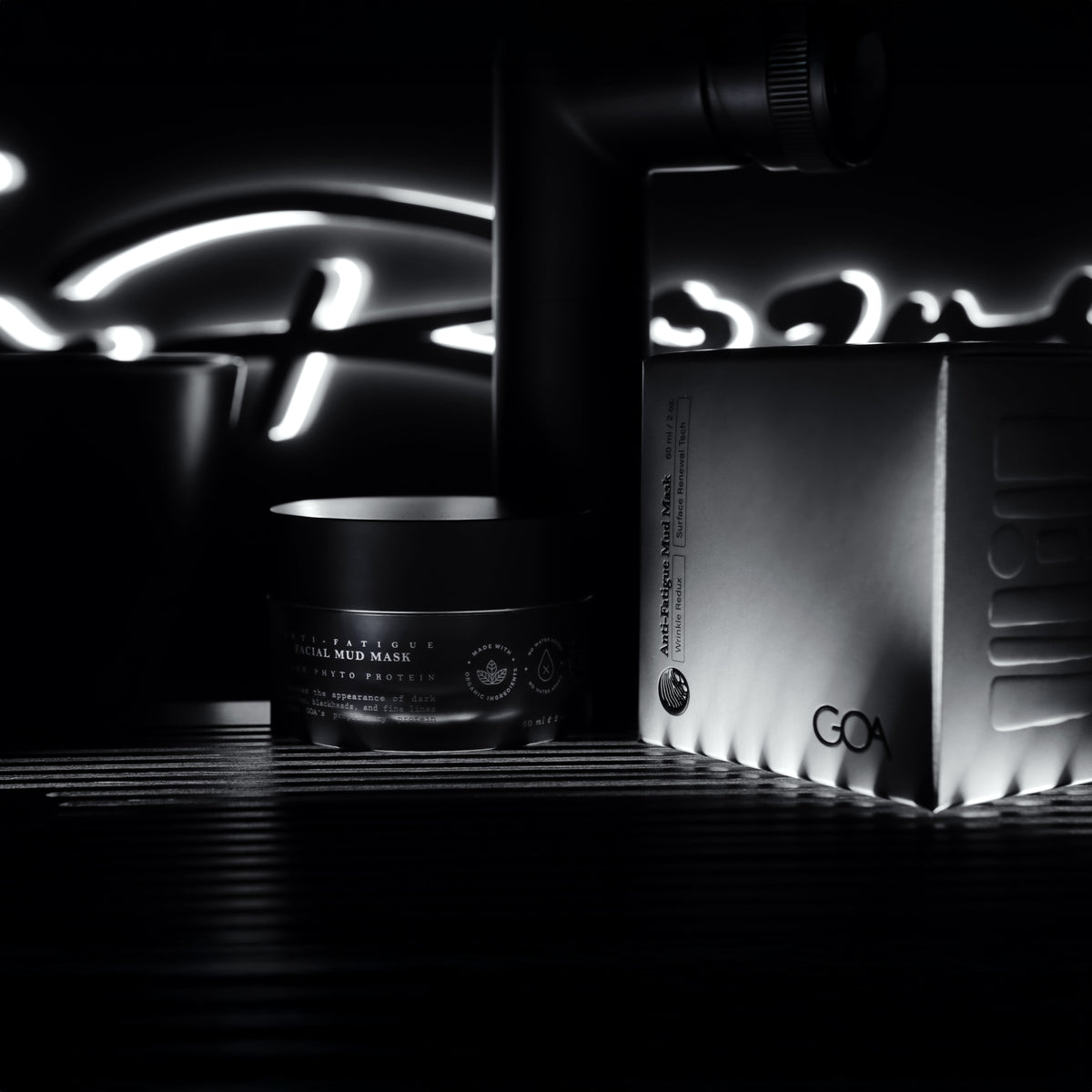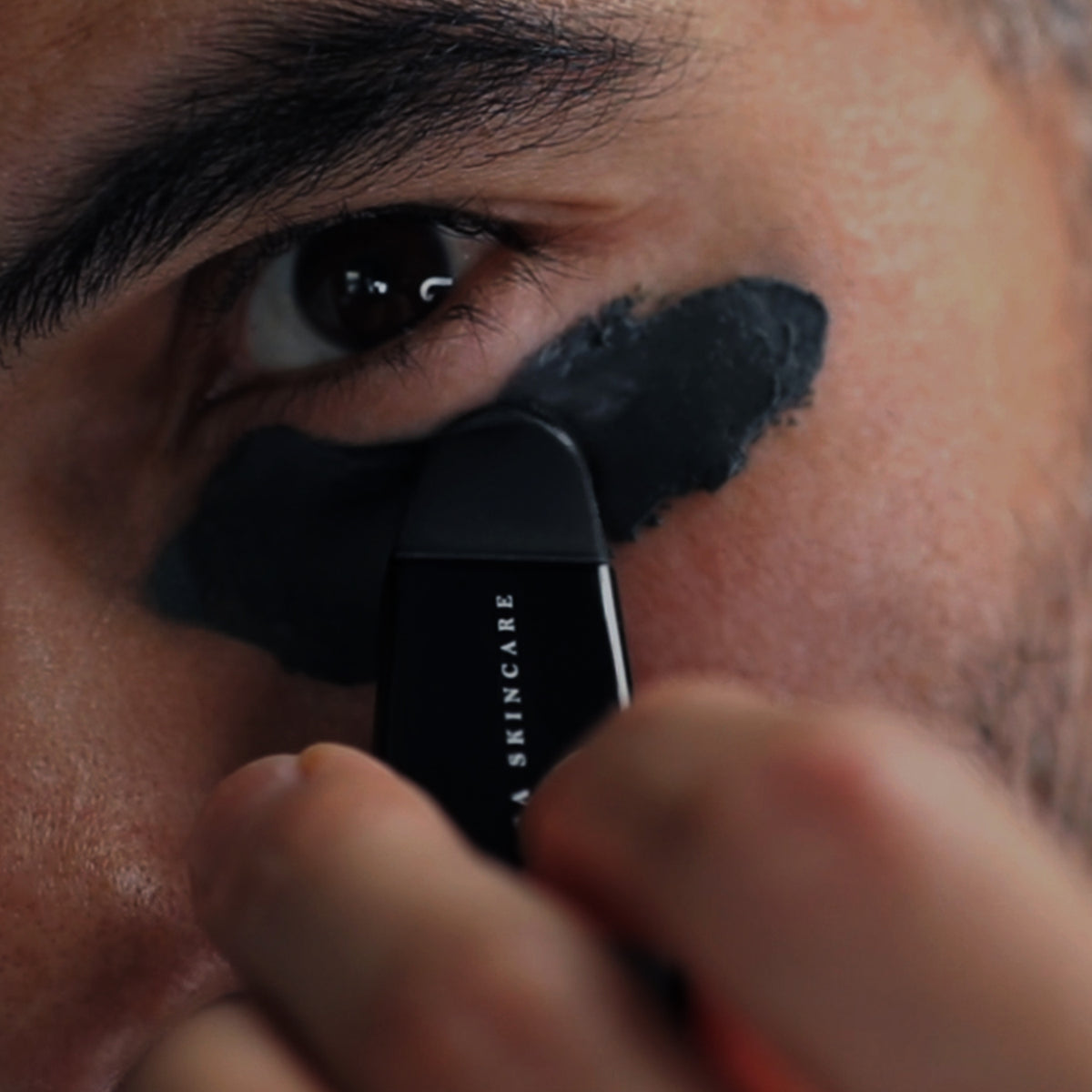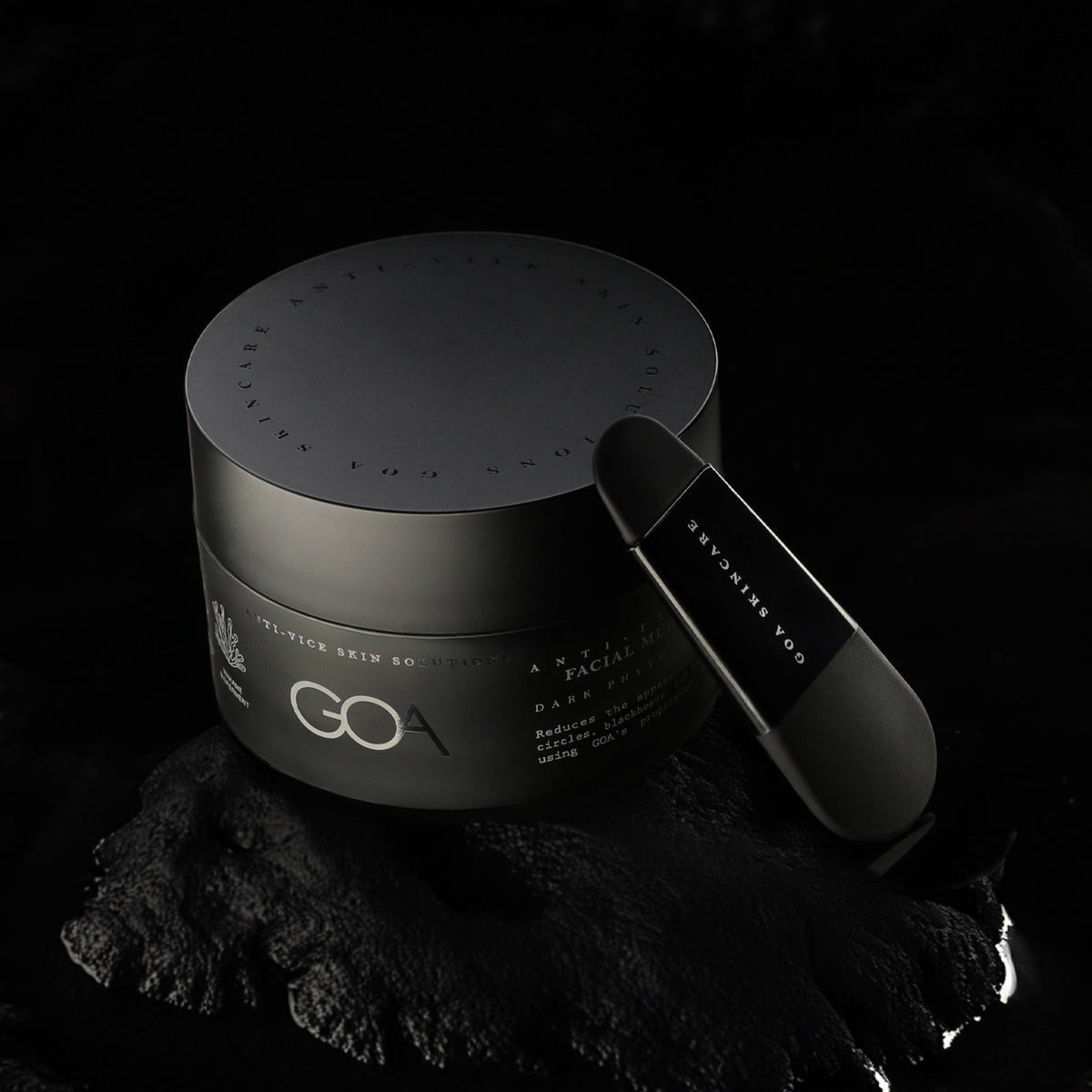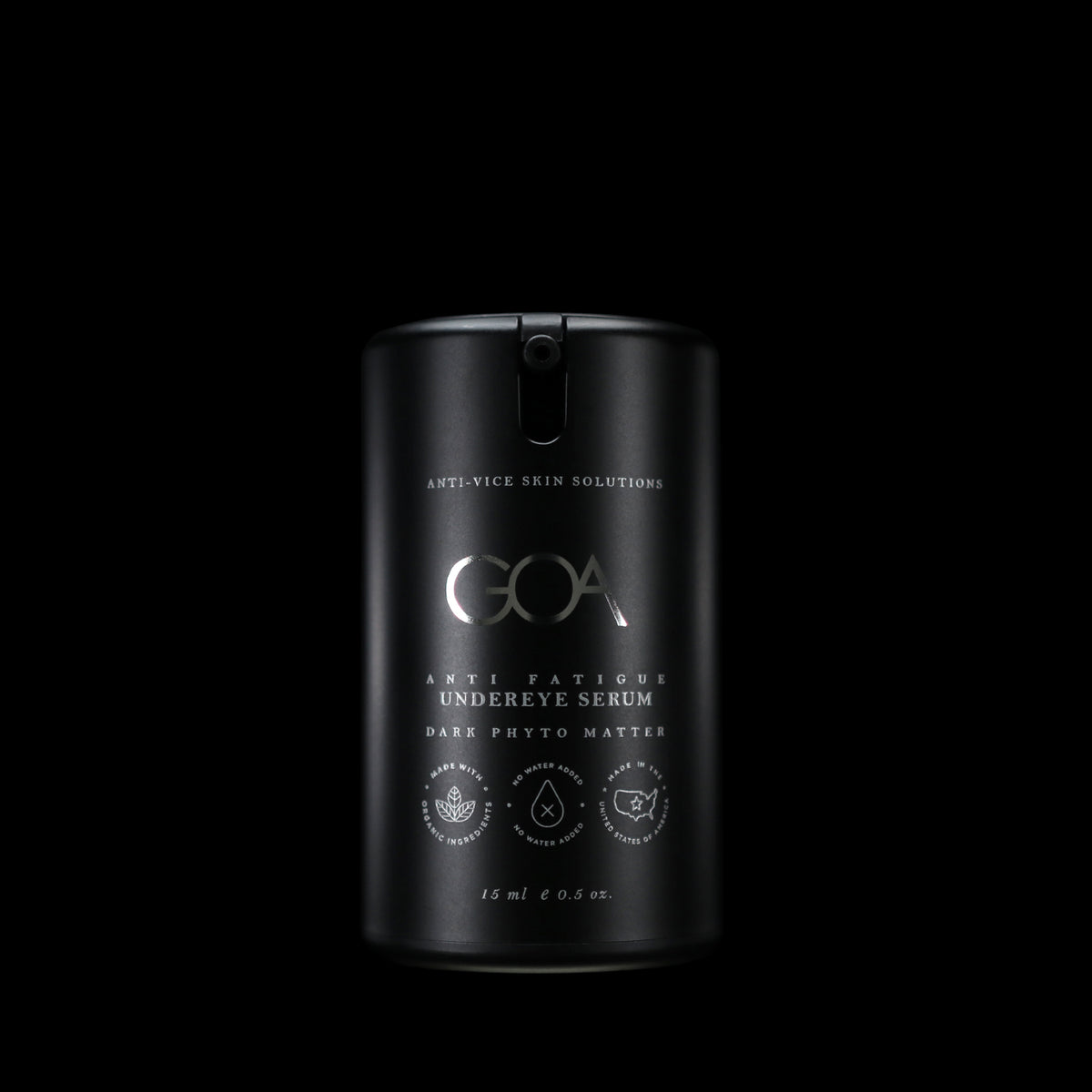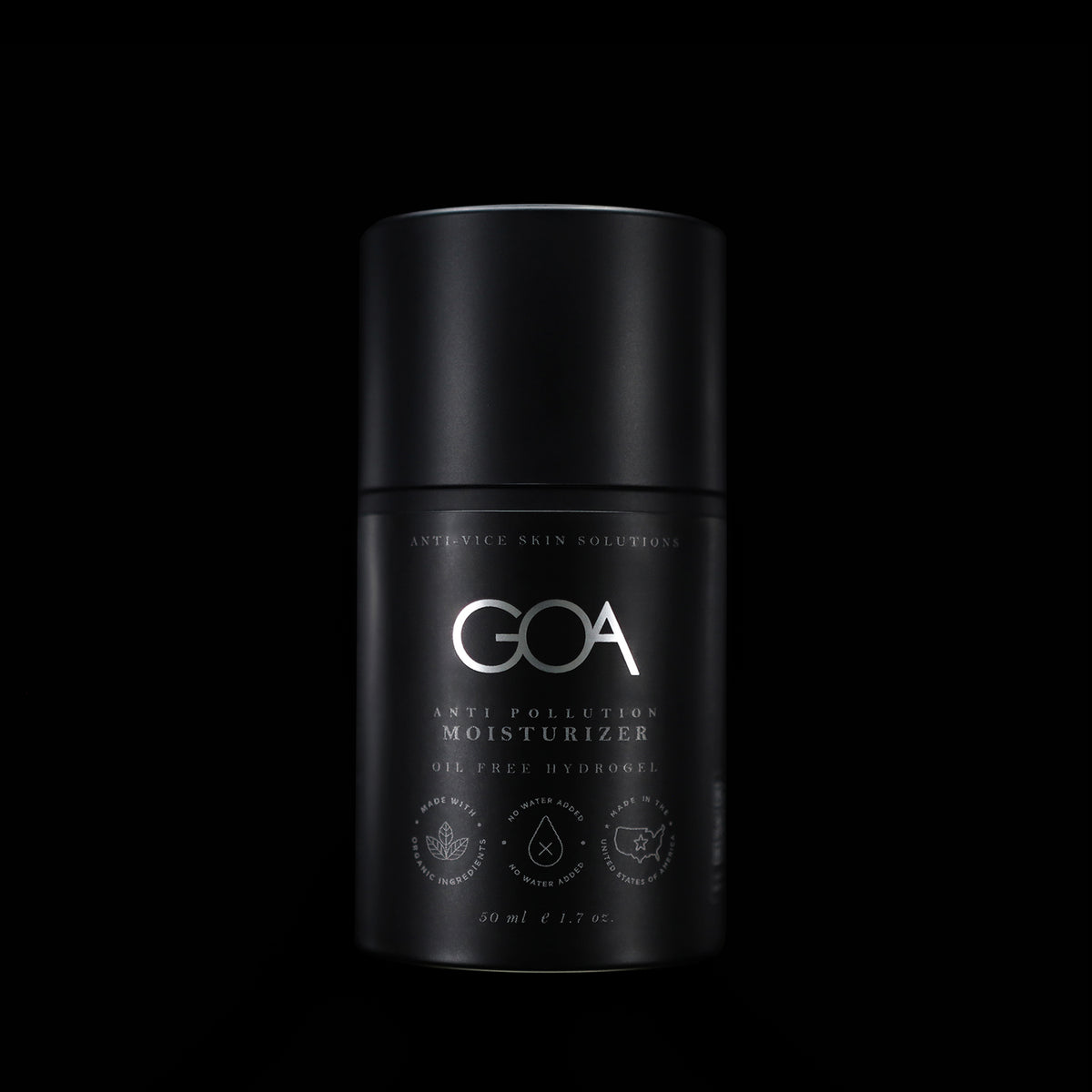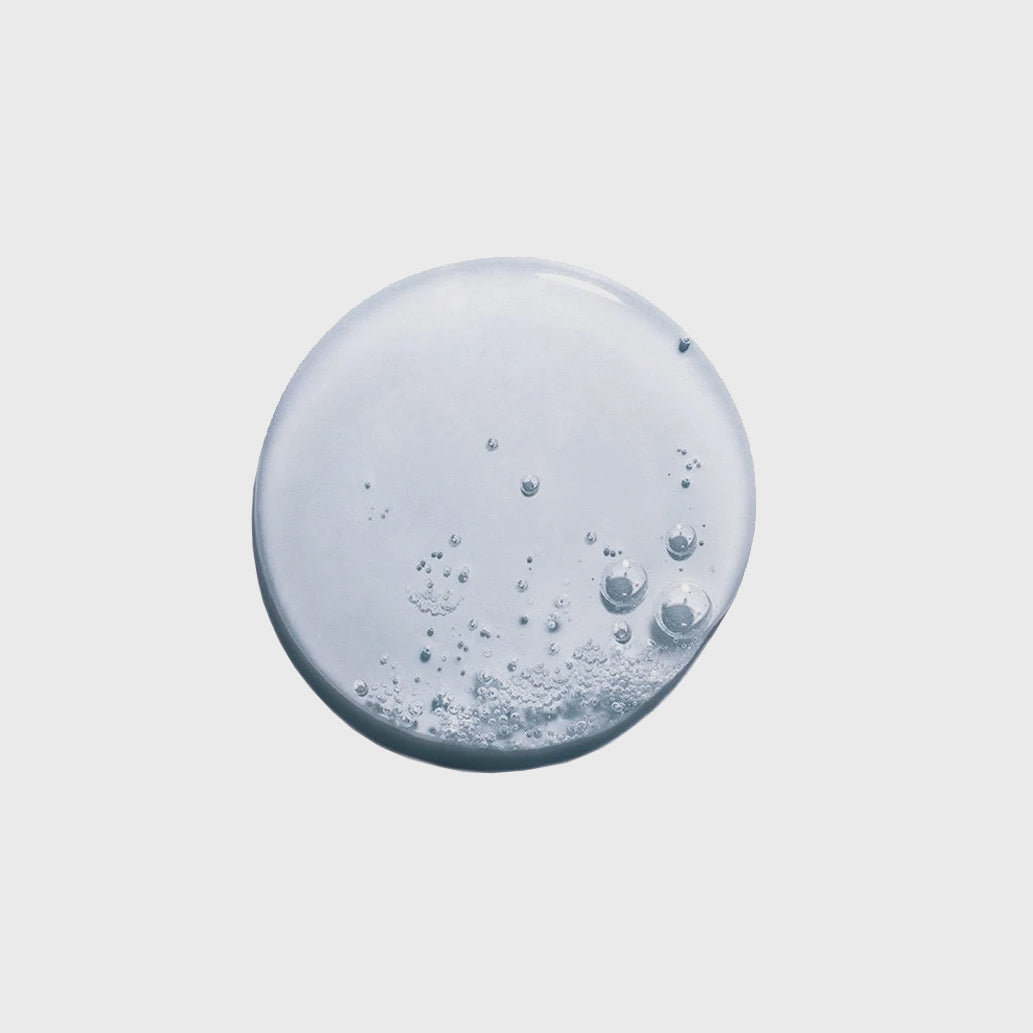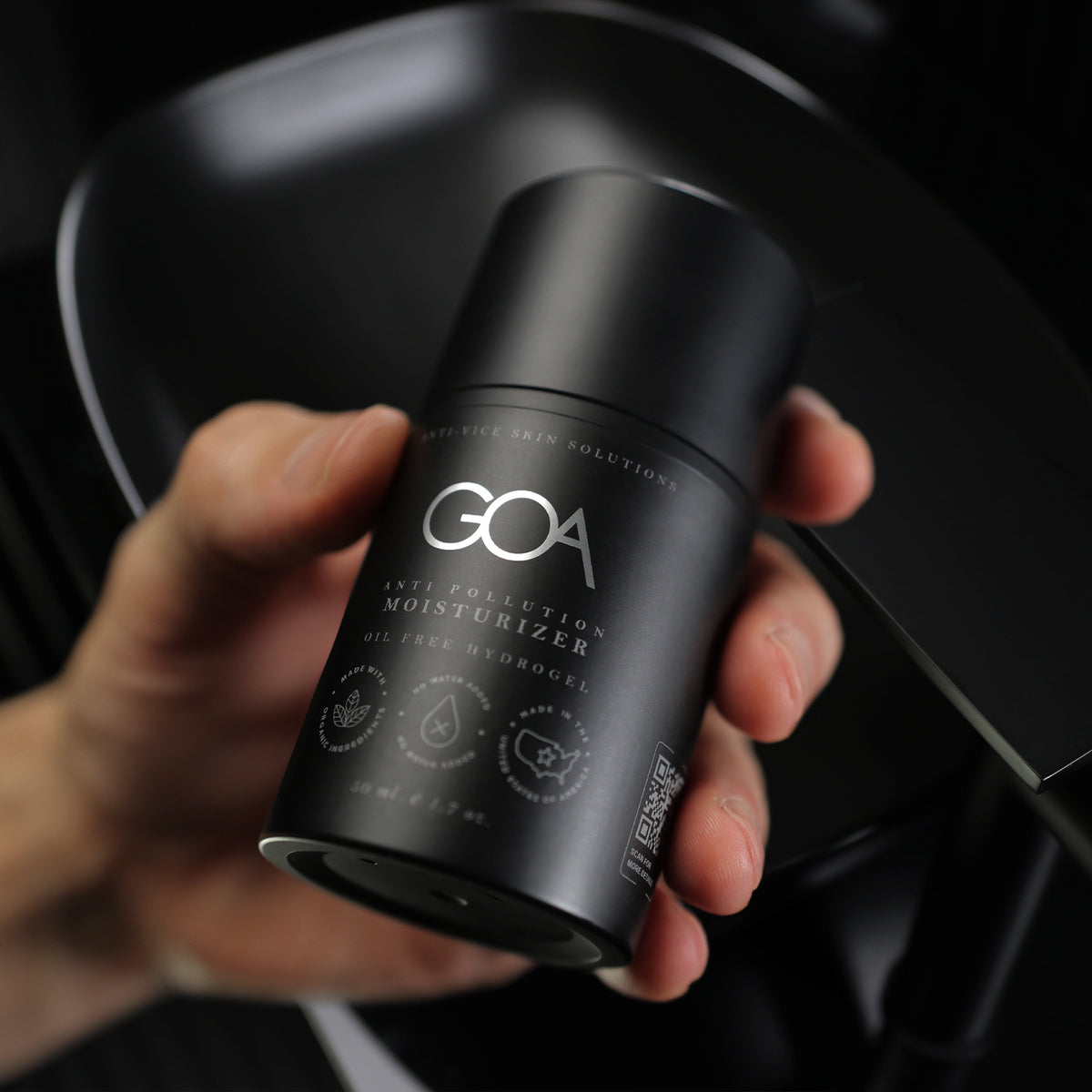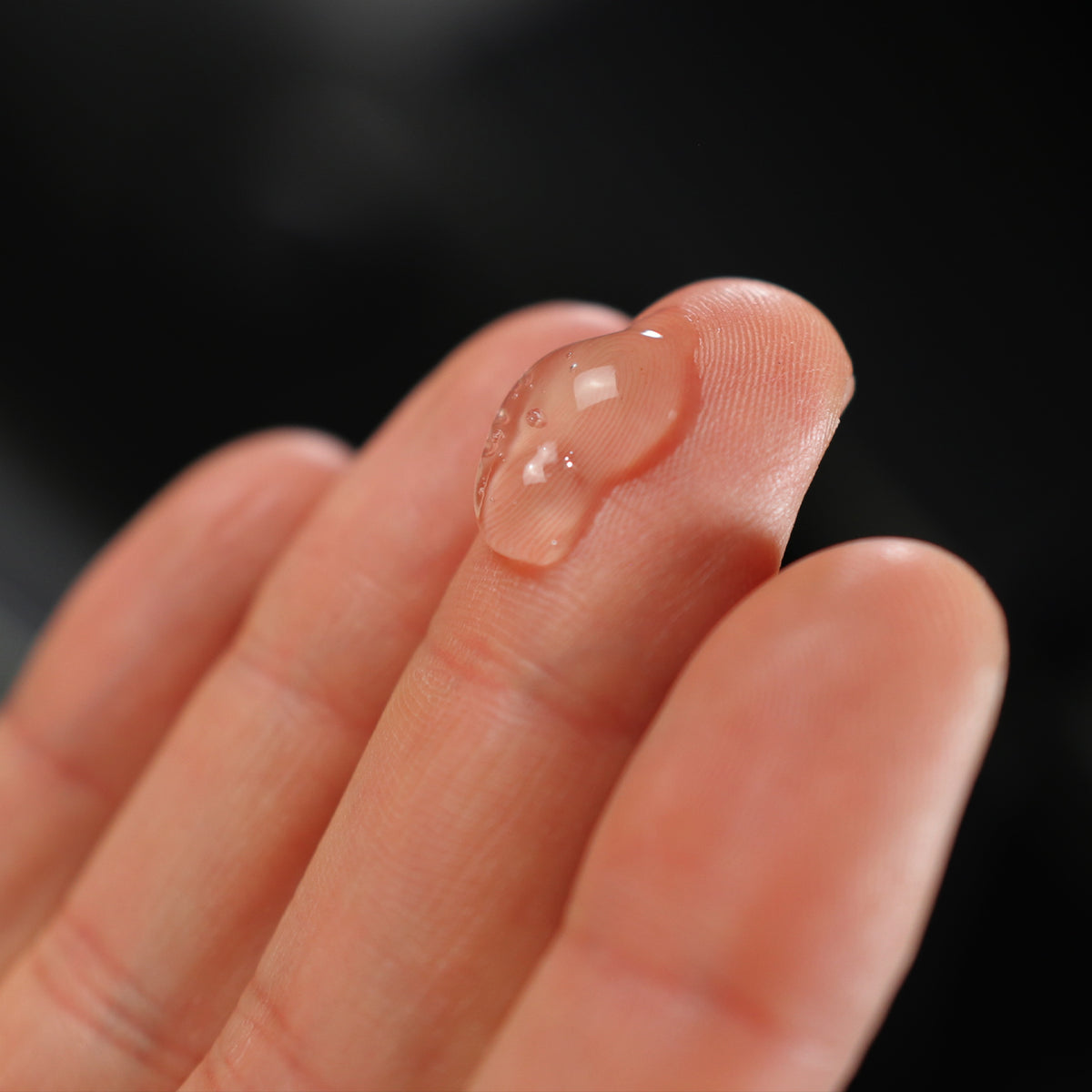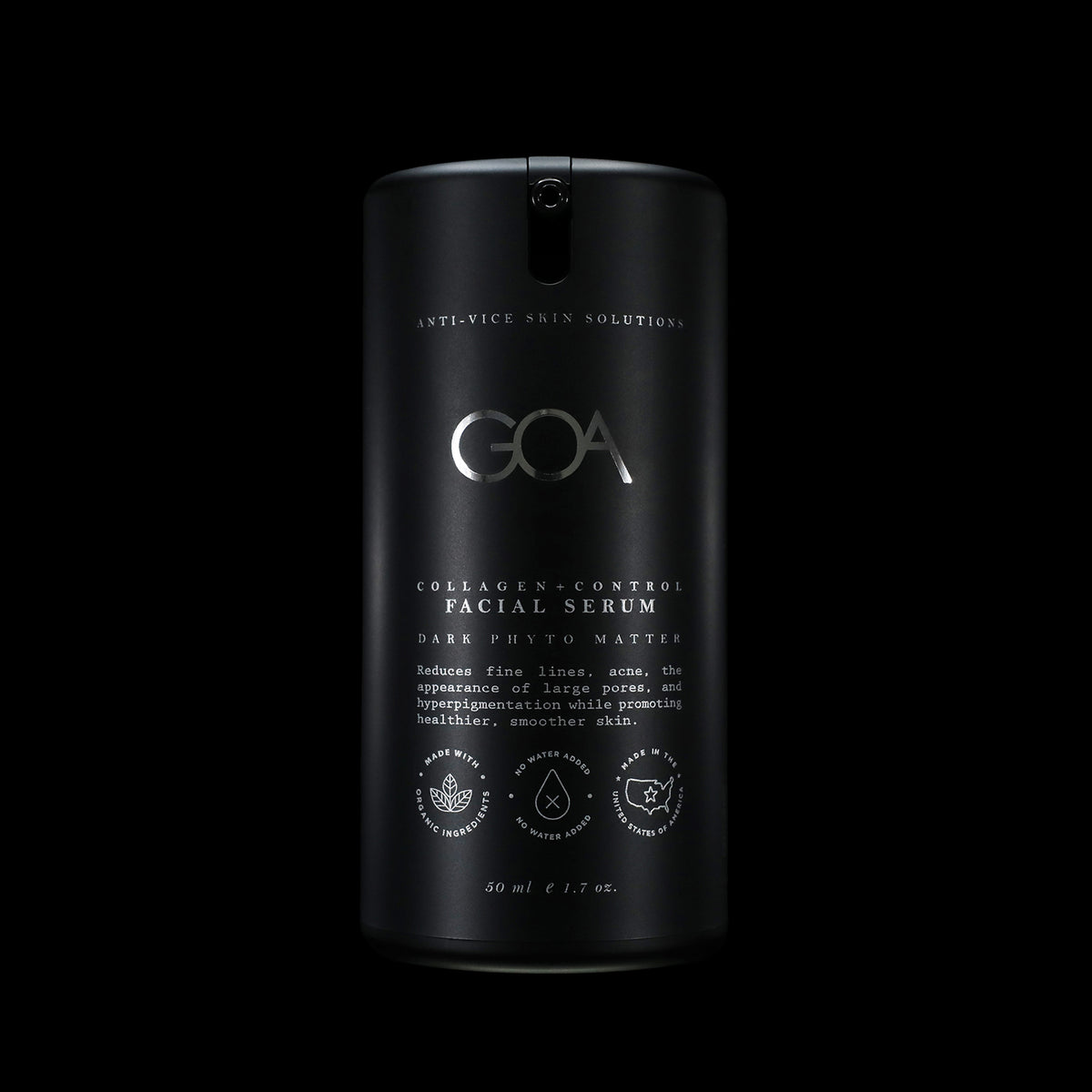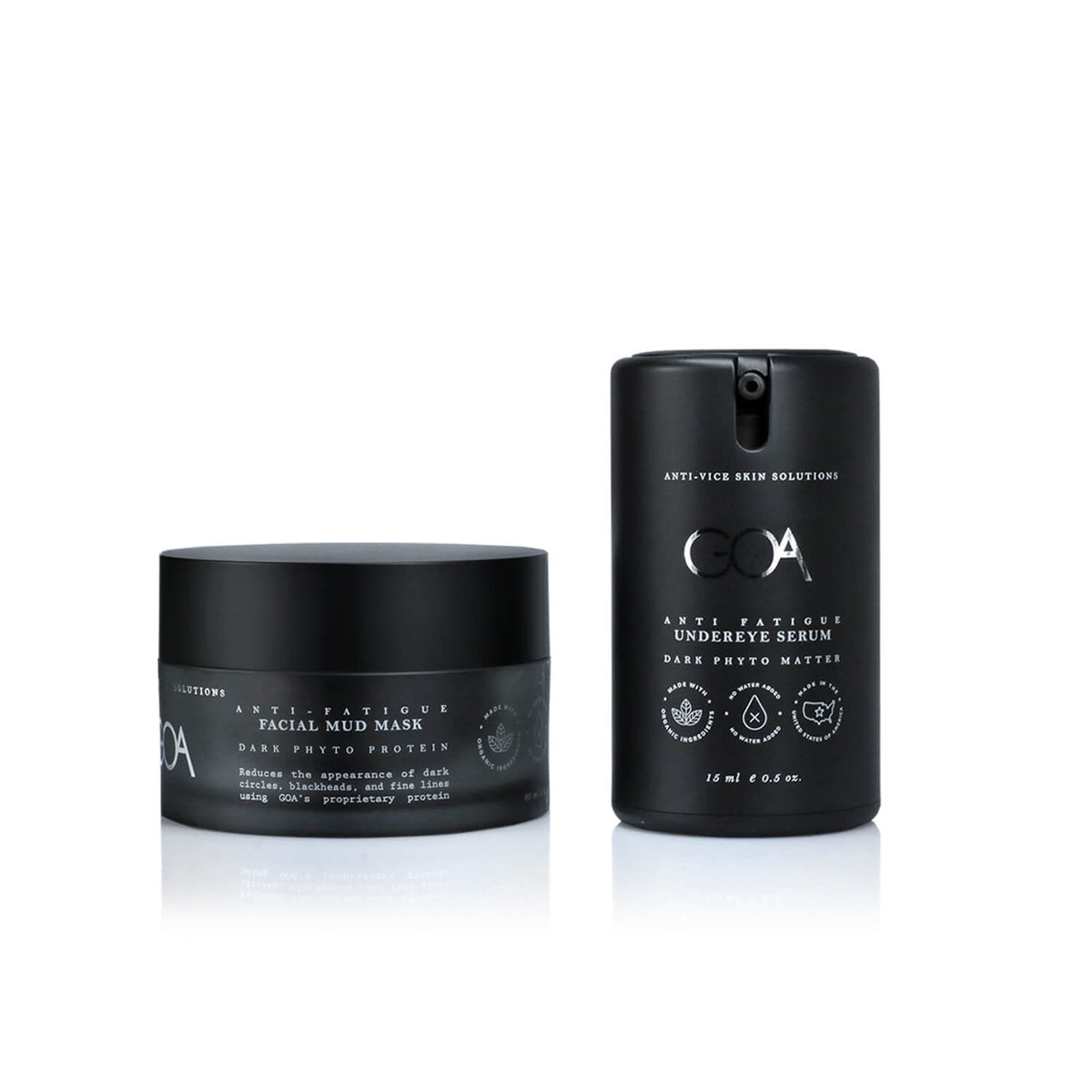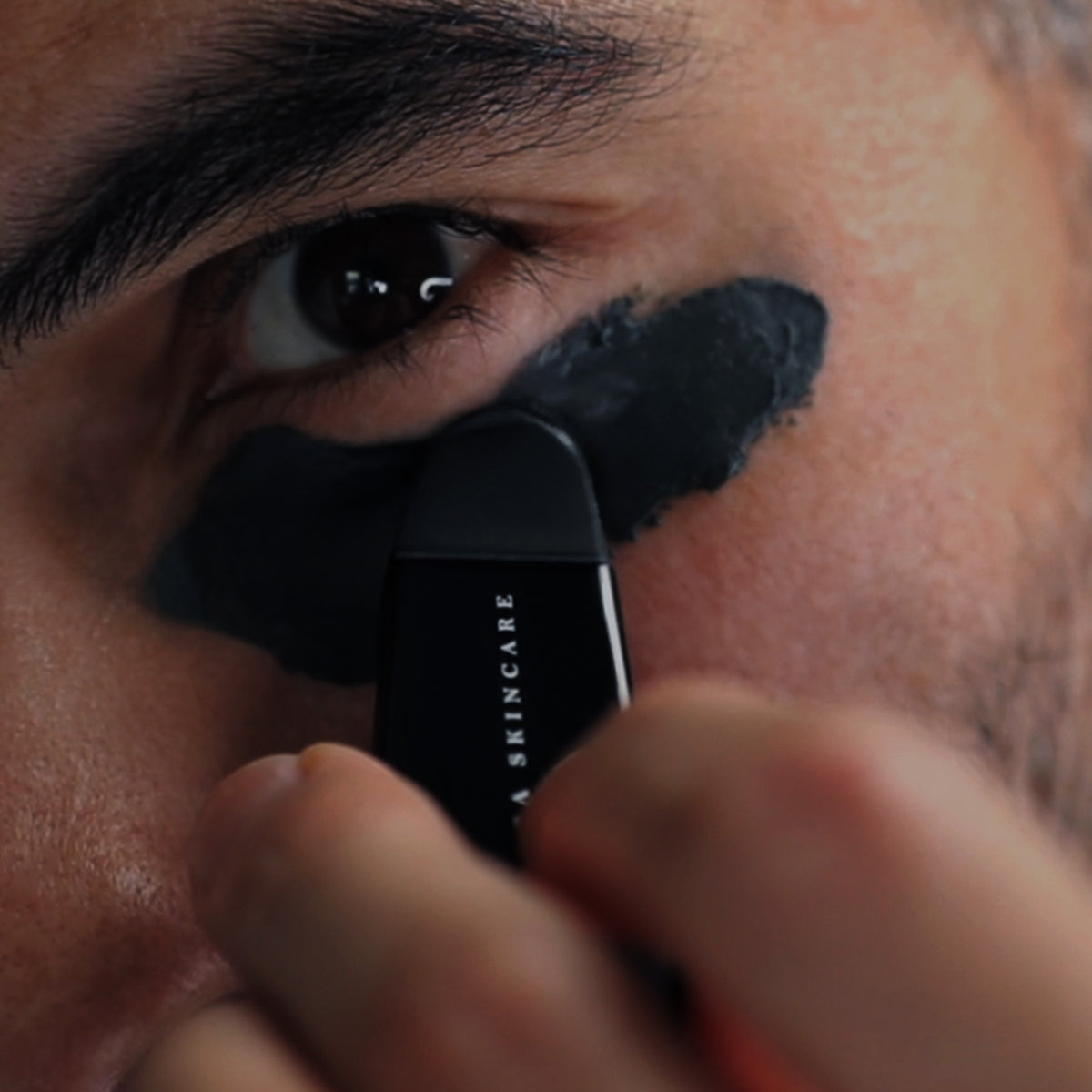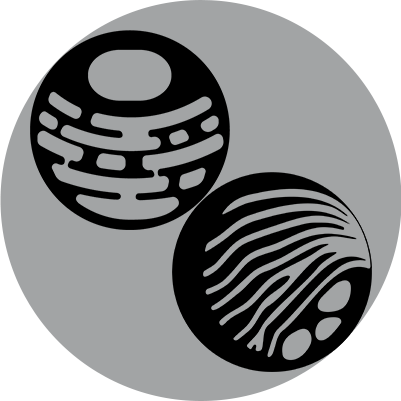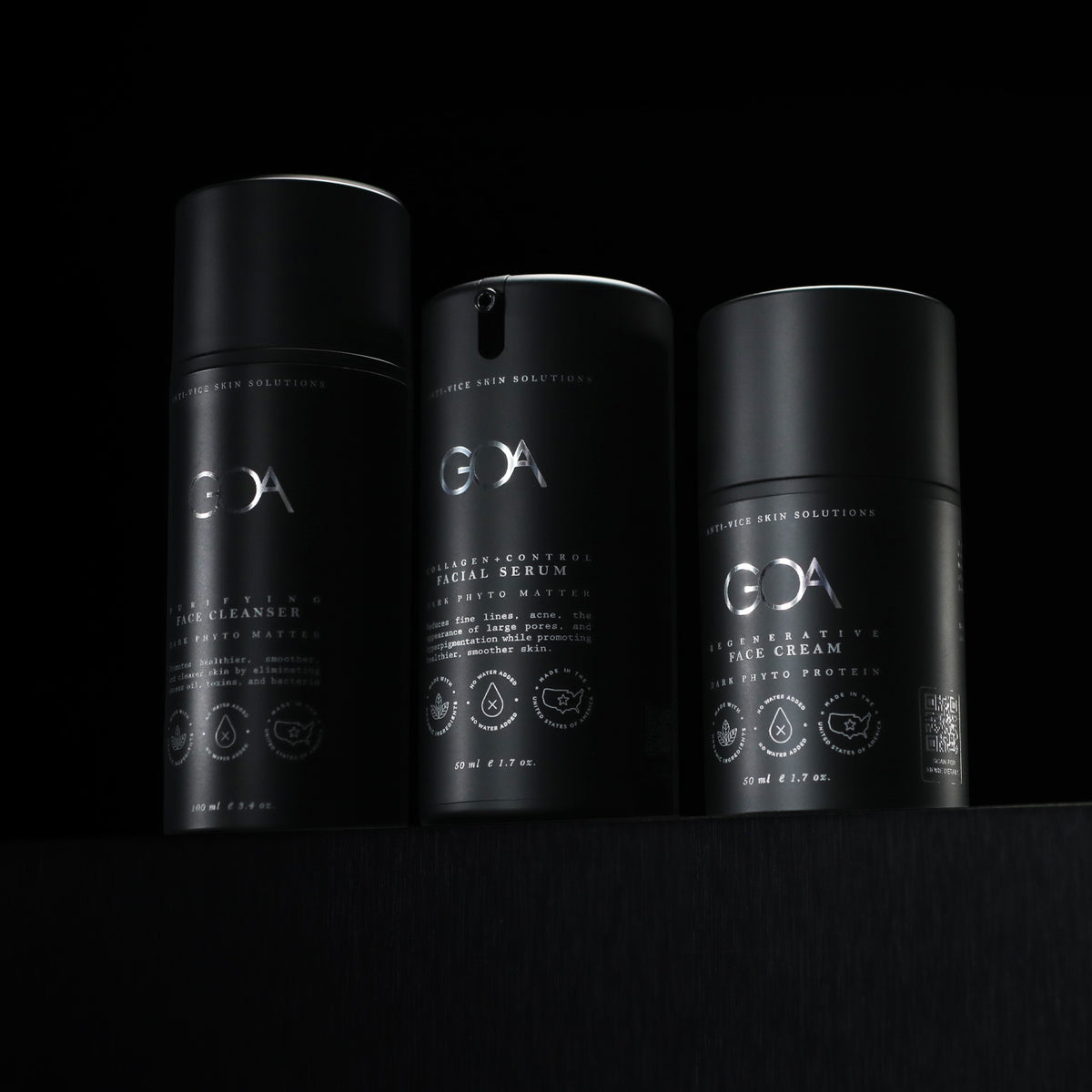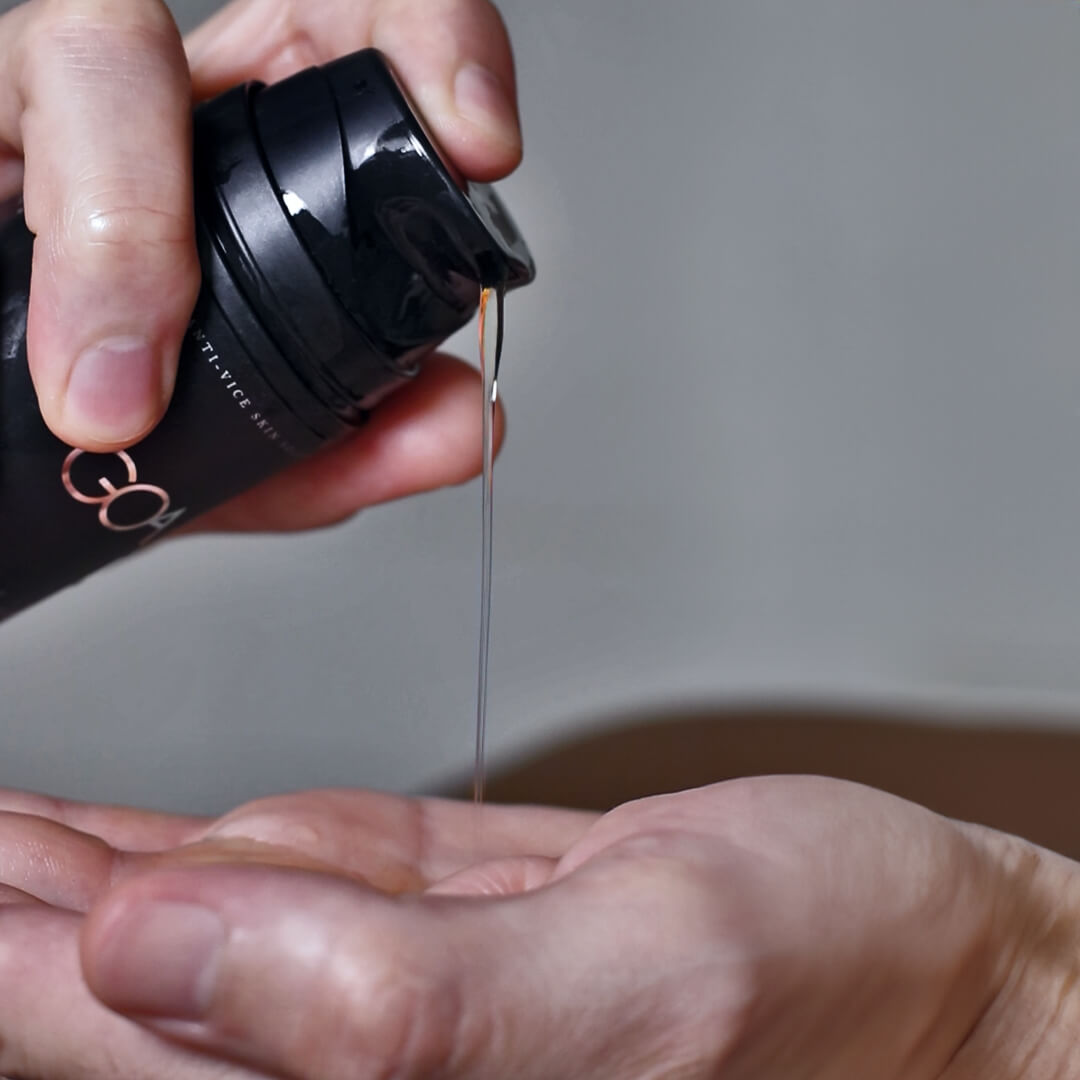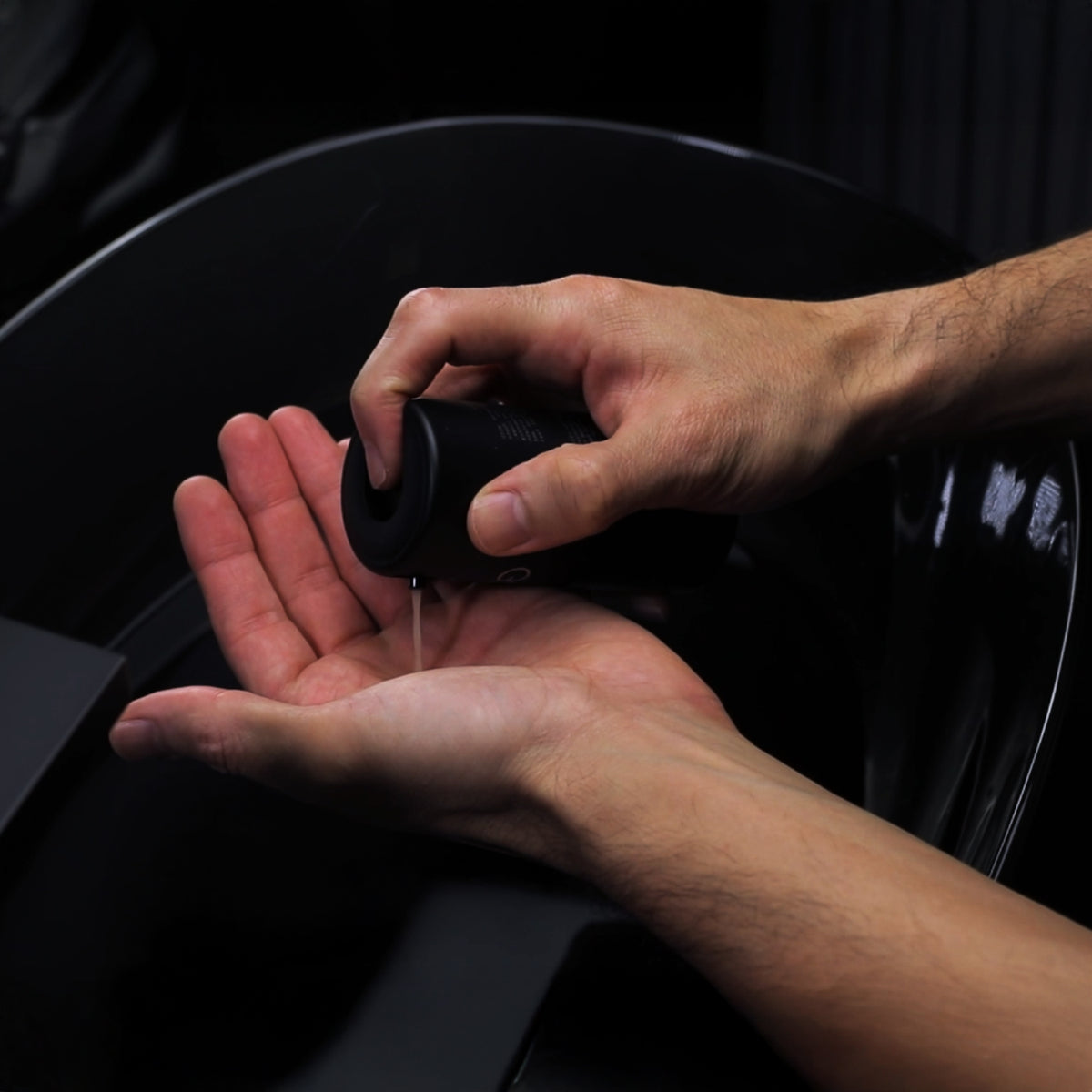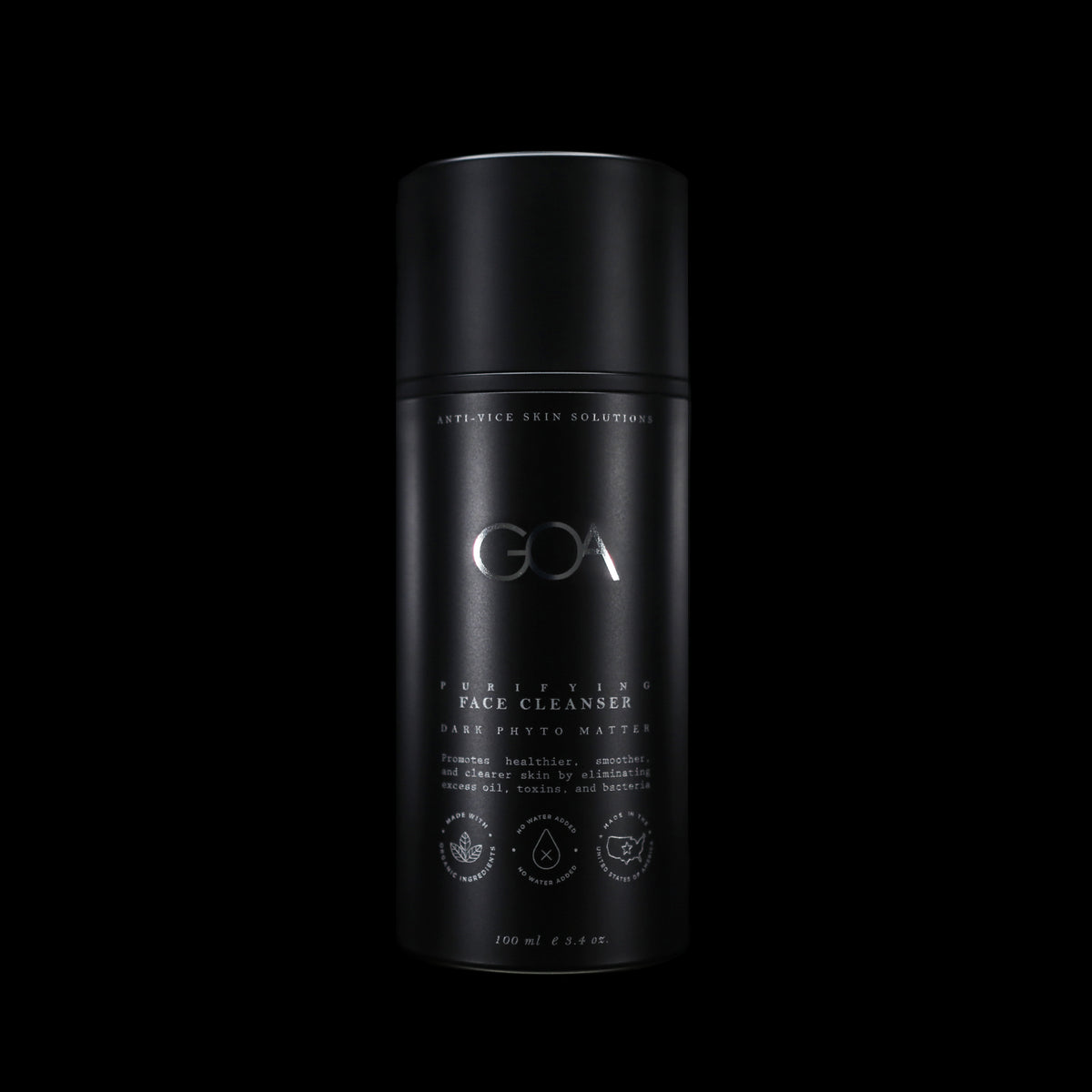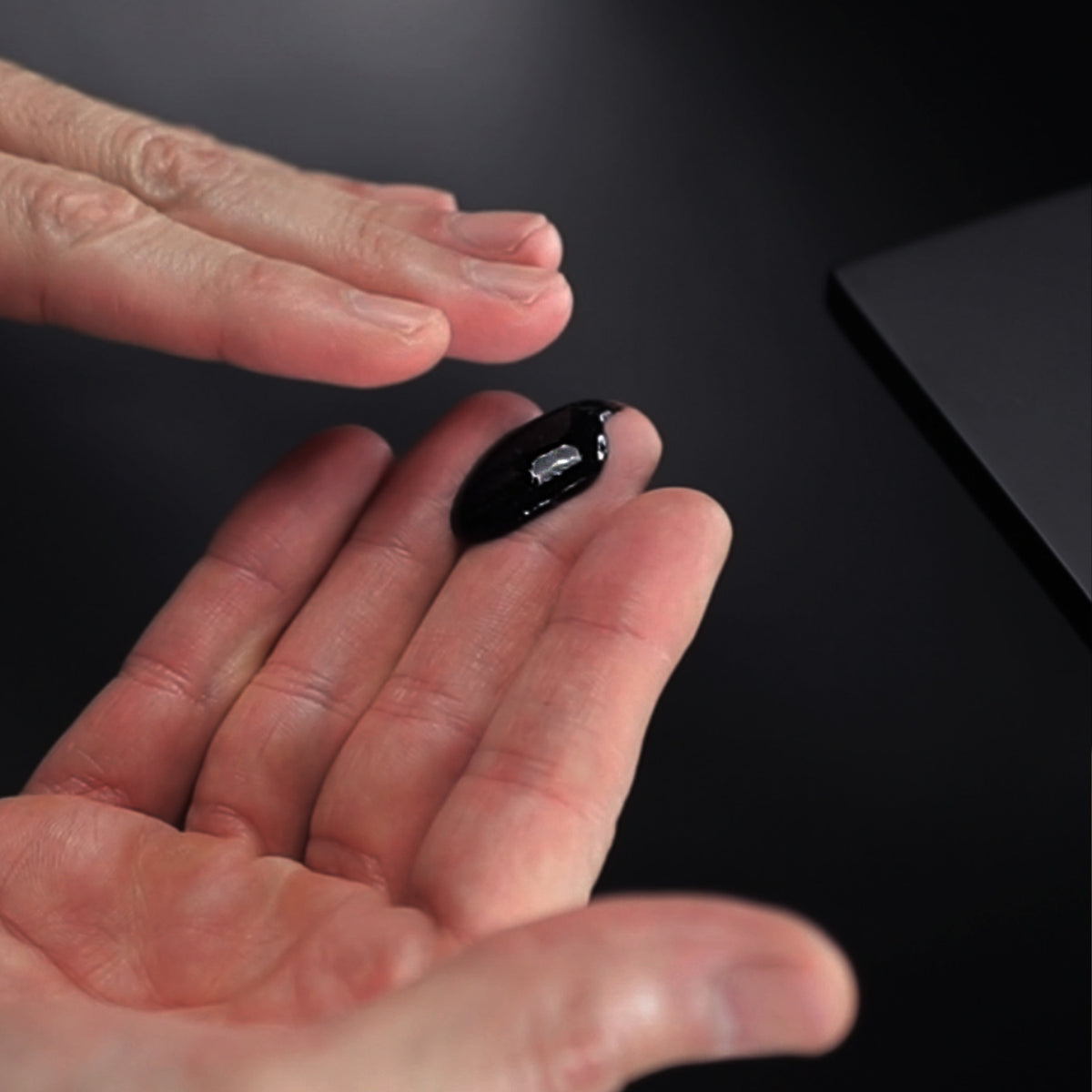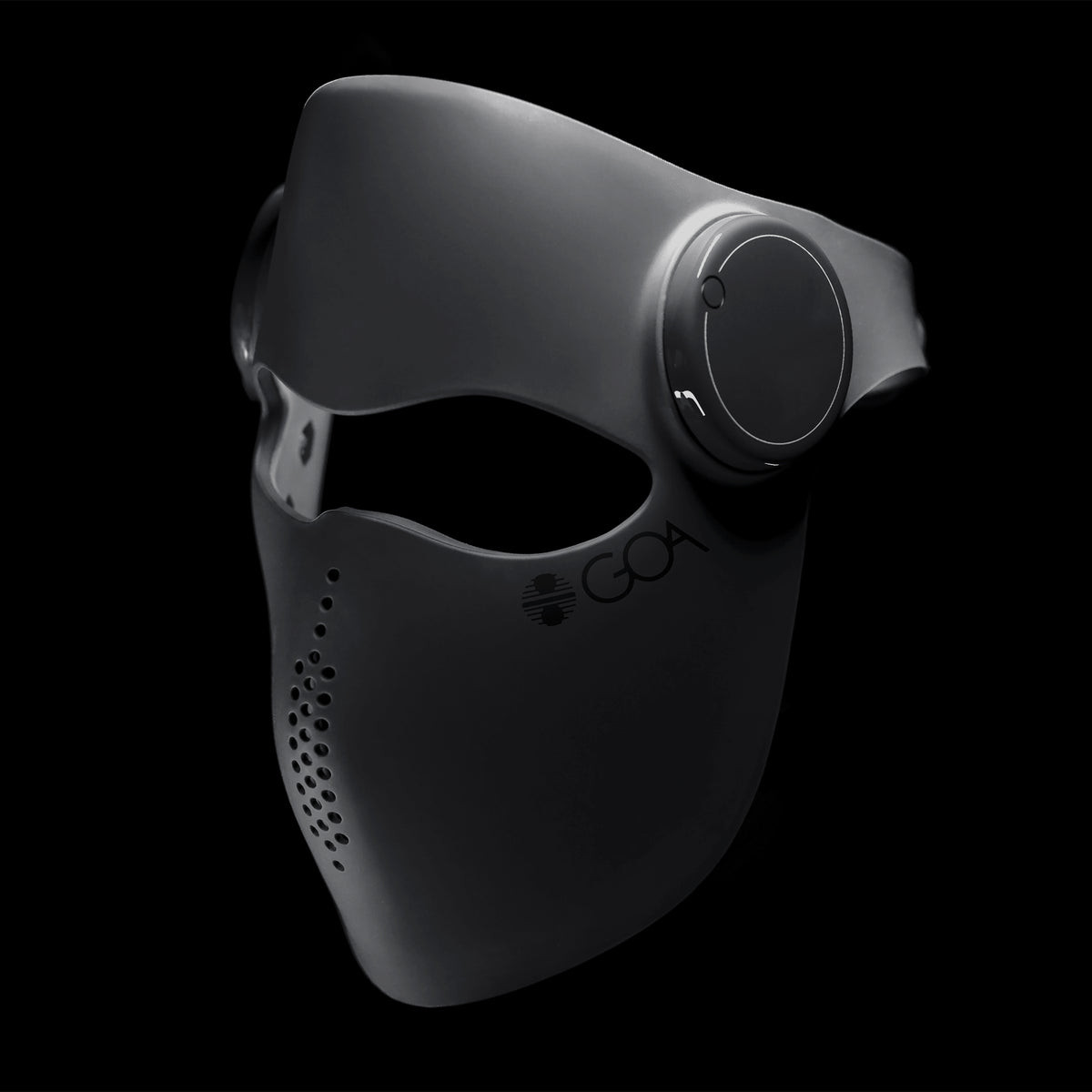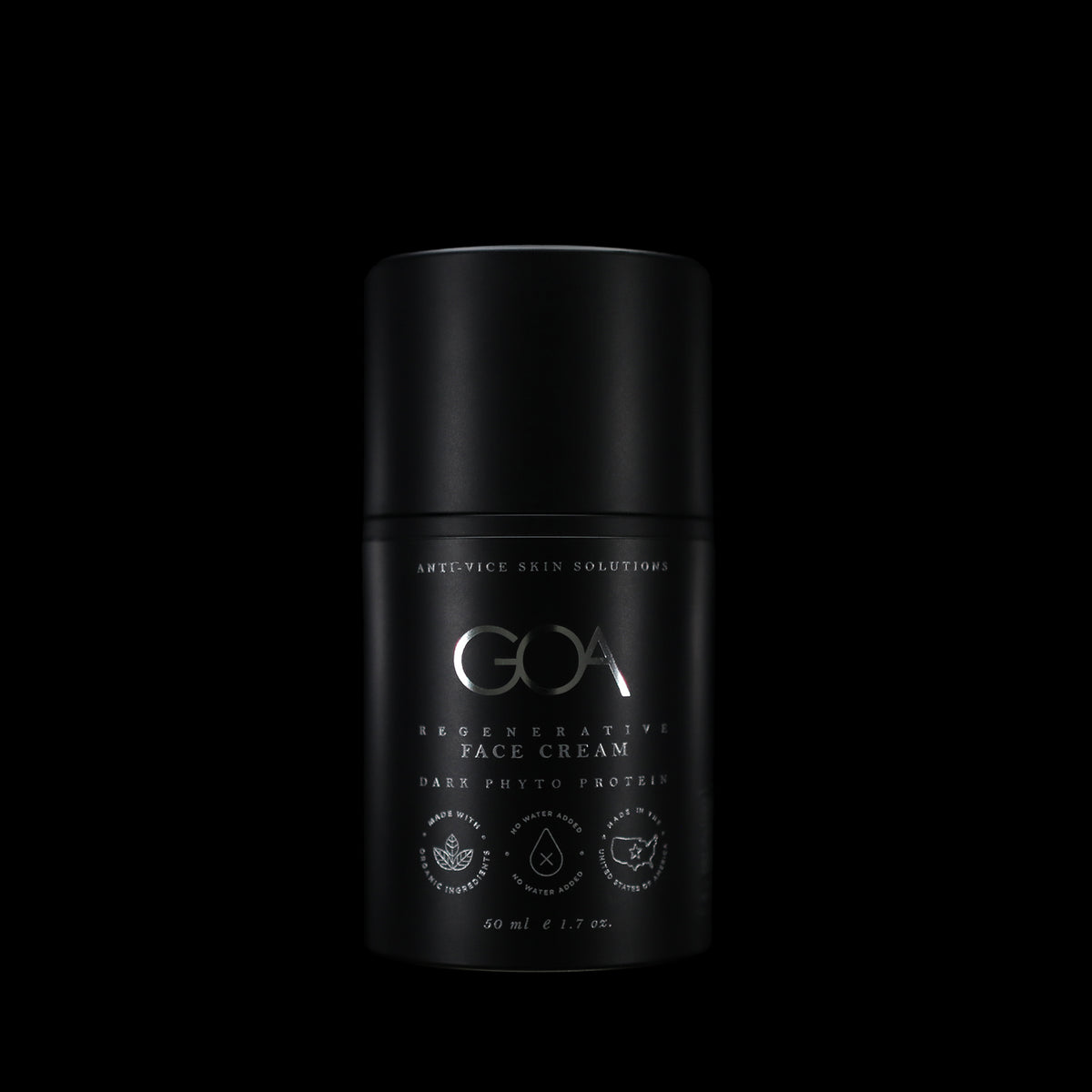How to Know If Your Cleanser Is Actually Helping Your Skin?
Cleansing is the most essential step in skincare but also the most overlooked. Here’s how to figure out if your cleanser is working for you (or against you).
Skincare Experts
Not all cleansers are created equal. Some can irritate, strip, or even age the skin.
Cleansers that are too harsh may damage the skin barrier—even if they leave your skin feeling “squeaky clean.”
Others are too gentle or ineffective, leaving behind pollution, sweat, and SPF residue that clogs pores and dulls skin.
An ideal cleanser respects your skin’s pH, supports its microbiome, and preps it for the rest of your routine.
Let’s break it down. Below are five evidence-based checkpoints to determine your ideal cleanser type—and how to upgrade it using ingredient science.
1. Know Your Skin Type—But Don’t Get Stuck There
The first mistake? Locking yourself into one category like “oily” or “dry” without adjusting to real-time skin feedback.
“Skin changes. Hormones, stress, season, workouts; it all shifts your baseline. Your cleanser should match your skin’s current needs, not just a label from two years ago.”
Your Plan: Tune into how your skin feels right now. Tight after washing? Likely too drying. Still oily or textured? Your cleanser may be too gentle or not removing buildup.
2. Check Your Cleanser’s pH—It Actually Matters
Your skin is naturally acidic, sitting around pH 4.7–5.75. Cleansers outside this range can disrupt the acid mantle, your skin’s natural shield against bacteria and moisture loss.
Research shows that even short-term pH imbalance can lead to:
a. Redness and reactivity
b. Transepidermal water loss (TEWL)
c. Breakouts or sensitivity over time
Foaming face washes and soaps often spike pH levels too high. Aim for pH-balanced formulas that don’t leave your skin feeling dry or taut.
Your Plan: Look for cleansers labeled as “pH balanced” or between 4.5 and 5.5. If it makes your skin feel squeaky, it's probably stripping.
Dynamic cleansing for all skin types and changes. GOA’s Purifying Face Cleanser adapts with you—removing buildup, restoring balance, and strengthening skin without stripping.
3. Spot the Barrier Builders—(or the Barrier Breakers)
The best cleansers support the stratum corneum; the outermost skin layer made of lipids, ceramides, and dead skin cells that lock moisture in and keep irritants out.
Look for ingredients that strengthen this barrier:
a. Ceramides
b. Amino acids
c. Hydrolyzed proteins
d. Mild surfactants (like coco-glucoside)
Avoid sulfates like SLS/SLES, high-ethanol alcohols, or artificial fragrances, which can punch holes in the barrier, especially with repeated use.
Your Plan: Choose a cleanser that adds to your barrier. If your skin feels calmer and more hydrated post-wash, you’re on the right track.
4. Look for Functional Actives, Not Just Foam
Cleanser should cleanse but smart formulas go beyond removing dirt. The right actives prep your skin and amplify the rest of your routine.
Clinical actives that work within a 60-second cleanse:
a. Lactobionic acid (gentle exfoliation + hydration)
b. Adaptogens like Rhodiola (reduce cortisol-triggered inflammation)
c. Niacinamide (improves tone and regulates oil)
d. Enzymes (like papain or bromelain for micro-exfoliation)
Think of your cleanser as the first treatment step.
Your Plan: Leave your cleanser on for 60 seconds to let actives do their job. Avoid hot water, which can deactivate some beneficial ingredients.
5. Your Skin Should Feel Clean—but Not Erased
You shouldn’t need to guess whether your cleanser works. You’ll see it:
a. Skin looks clearer and more balanced within 1–2 weeks
b. Less irritation or dryness post-wash
c. Skin care products absorb better
d. Less congestion in the T-zone or around the beard line
If your skin constantly feels tight, red, greasy, or congested, your cleanser might be part of the problem.
Your Plan: Evaluate your cleanser weekly. If something feels off, it probably is. Skincare is not “set and forget,” especially for men’s skin, which has different oil production and shaving-related sensitivity.
Final Word: Cleansing = Clinical, Not Cosmetic
It’s easy to dismiss cleansing as “soap.” But it’s the gatekeeper to your entire regimen and your skin’s long-term health.
Start paying attention. Your cleanser is either strengthening your skin… or slowly sabotaging it.
Take 60 seconds. Choose ingredients that serve your skin. And rethink “clean.”
References
-
Lambers H, Piessens S, Bloem A, Pronk H, Finkel P. Natural skin surface pH is on average below 5, which is beneficial for its resident flora. Int J Cosmet Sci. 2006;28(5):359–370. PubMed
-
Eucerin. Skin's pH. Eucerin
-
Draelos ZD. Ceramide-containing skin care products may improve prescription acne treatment adherence. Dermatology Times. Dermatology Times
-
Draelos ZD. Niacinamide: A Multi-functional Cosmeceutical Ingredient. Practical Dermatology. Practical Dermatology
-
Healthline. Niacinamide: Skin Benefits, Risks, and More. Healthline

















